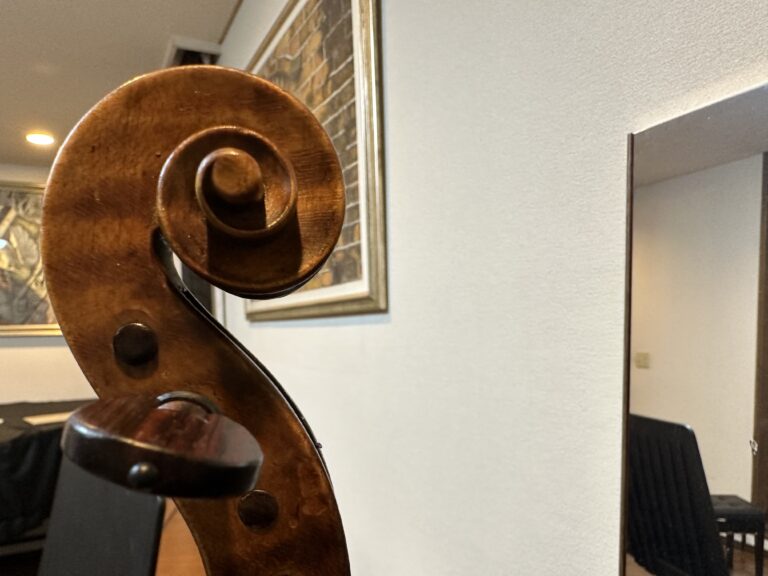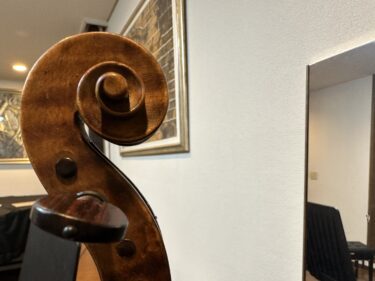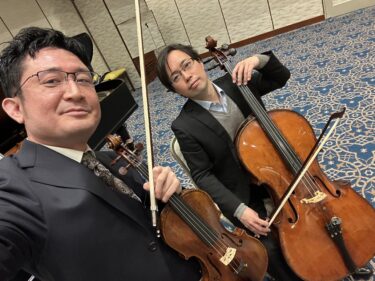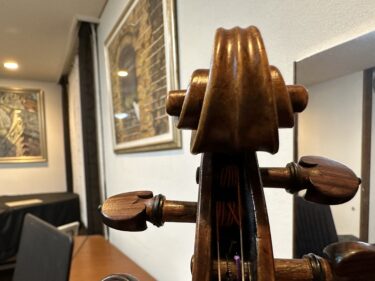Music can be a source of joy and enrichment for both children and parents. However, the process of learning a musical instrument, like the violin, can sometimes lead to conflicts between parent and child. To ensure that your child’s musical journey remains a positive experience, it’s important to take steps to avoid these disagreements. In this blog post, we will discuss several tips to help maintain harmony during violin practice sessions.
- Set realistic expectations
One common source of conflict is unmet expectations. Make sure to set realistic goals for your child’s progress, understanding that every individual learns at a different pace. Acknowledge and celebrate small achievements and milestones, and remember that progress can be slow and incremental.
- Establish a consistent practice routine
Creating a consistent practice routine can help reduce conflicts by providing clear expectations and structure. Work with your child to set a regular practice time that fits both of your schedules. This will not only help them develop good habits, but it will also minimize arguments about when to practice.
- Create a positive practice environment
Ensure that your child has a comfortable and distraction-free space to practice. This will help them focus and enjoy their practice time, reducing the likelihood of disagreements. You can also personalize the practice area with motivational posters, music-related decorations, or even a progress chart.
- Be supportive and patient
Your attitude and behavior as a parent can significantly influence your child’s motivation to practice. Be patient and supportive, encouraging your child to keep trying even when they encounter challenges. Avoid criticizing or getting frustrated, as this may lead to negative feelings and increased conflicts.
- Encourage autonomy
Allow your child to have some control over their practice sessions. Encouraging them to choose which pieces they want to work on, or to set their own goals, can give them a sense of ownership and motivation. This autonomy can reduce the chances of arguments stemming from a lack of personal investment in their learning.
- Involve your child in choosing their teacher
When selecting a violin teacher, involve your child in the decision-making process. This will help them feel more invested in their lessons and more likely to cooperate during practice. Also, consider your child’s personality and learning style when choosing a teacher, to ensure a good fit and a positive learning experience.
- Manage your own stress and emotions
As a parent, it’s crucial to be aware of your own emotions during practice sessions. If you are stressed or frustrated, it may lead to conflicts with your child. Take a step back, take deep breaths, and remember that your child is learning and growing. Maintaining a calm and supportive demeanor will help your child feel more comfortable and less defensive.
Conclusion
By implementing these strategies, you can help create a more harmonious practice environment and avoid conflicts between you and your child during violin lessons. Remember that learning a musical instrument is a journey, and nurturing a positive experience for both parent and child can lead to a lifelong love of music.





